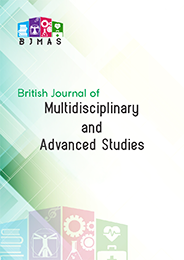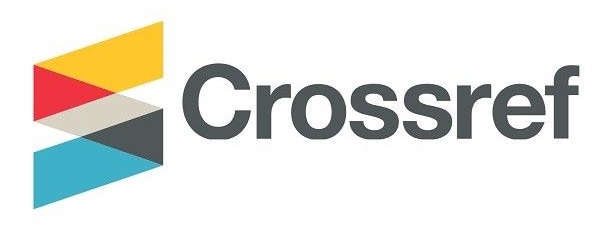Stylistic/Textual Analysis of Narrative Techniques in Ngugi Wa Thiong’o’s a Grain of Wheat
DOI:
https://doi.org/10.37745/bjmas.2022.0365Abstract
In A Grain of Wheat, Ngugi Wa Thiong’o demonstrates his mastery of language for both narration and description. In the plot, while telling the story, he provides a vivid description of the social and natural settings in which the action is taking place. He adopts the use of omniscient narrator technique as an objective technique that makes it possible to probe the innermost depths of the characters and determine their psychological and emotional states, especially in the protest against the whiteman’s domination of the land. Occasionally, he attempts to illustrate the ongoing action with a corresponding visual symbolism or external imagery starting from the title of the novel – A Grain of Wheat and the character – Kihika respectively. This paper examines stylistic/textual analysis of narrative techniques of Ngugi’s style of narrative in A Grain of Wheat. The purpose of this study is to analyse the colonial influences on the Kenyan environment using the post-colonial theory and employing the qualitative method to gather data as regards the use of narrative techniques in the novel. The findings are that the source of environmental degradation and marginalisation of the natives in the novel warranted the use of narrative techniques, especially symbolism and visual imagery as indicated and perfected by the author in A Grain of Wheat. His use of flashback techniques is to give the reader insight into the life and activities in Kenya. Therefore, this paper recommends the use of narrative techniques by authors as part of the thematic expressions of their works.
Downloads
Downloads
Published
Versions
- 10-12-2023 (2)
- 10-12-2023 (1)












